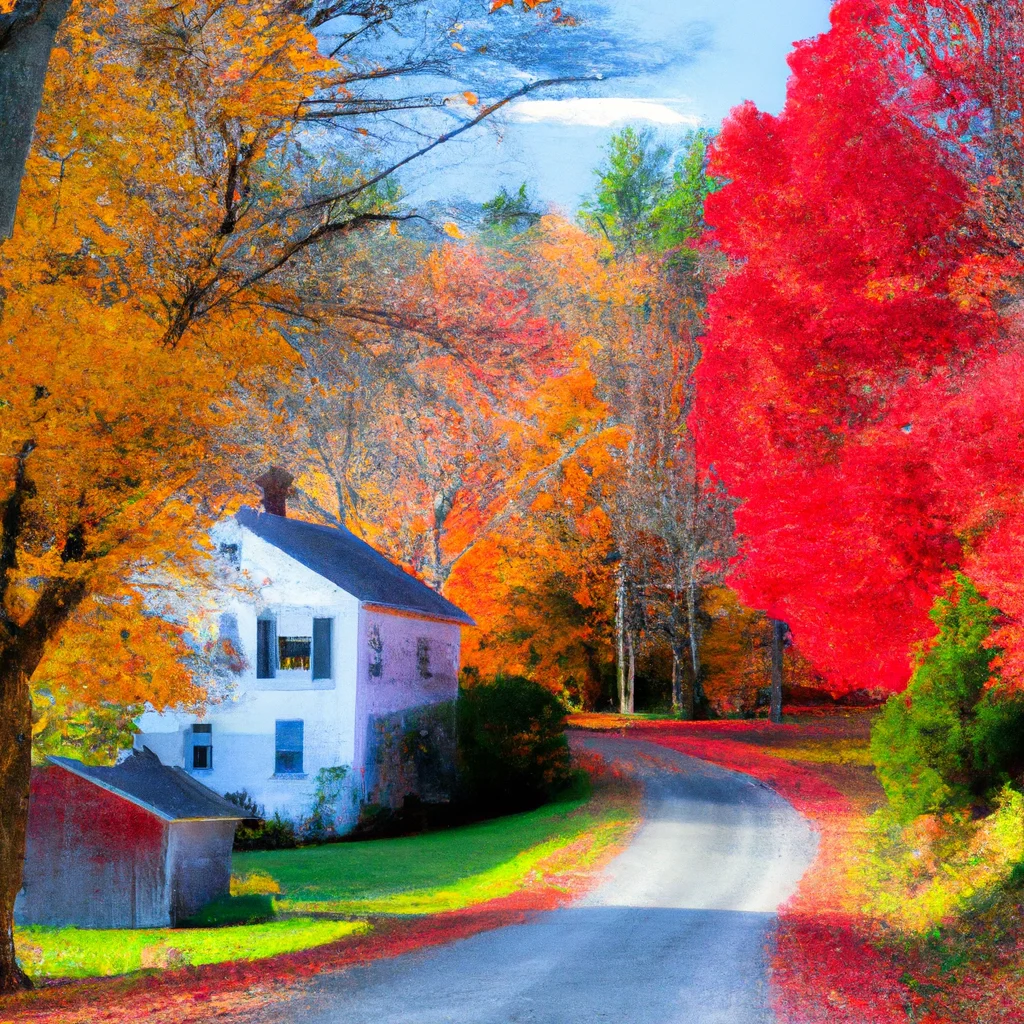A Guide to Capturing Fall Foliage in New England
As the days shorten and temperatures begin to cool, New England transforms into a breathtaking canvas of color. This region is renowned for its spectacular fall foliage, attracting photographers, nature enthusiasts, and tourists alike. In this guide, we will provide comprehensive insights into the best practices for photographing fall foliage in New England, including the best locations, tips for optimal photography, and the science behind the stunning colors.
Understanding Fall Foliage
Fall foliage occurs as trees prepare for winter. The vibrant reds, oranges, and yellows are the result of chlorophyll breakdown, revealing pigments that were previously masked. Various factors influence the intensity and timing of these colors, including temperature, sunlight, and moisture levels.
#### Key Factors Influencing Fall Colors
1. Temperature Fluctuations: Warm sunny days followed by cool nights tend to produce more vibrant colors. The temperature must drop without frost to enhance the pigment production.
2. Moisture Levels: Adequate moisture during the growing season contributes to healthier foliage, which can translate into brilliant colors come autumn.
3. Tree Species: Different types of trees display various colors. For example, maples are famous for their brilliant red and orange leaves, while oaks may display more muted shades.
Best Locations for Fall Foliage Photography
New England is home to numerous locations celebrated for their stunning fall colors. Below are some of the top spots to consider when planning your photography outings.
#### 1. Acadia National Park, Maine
Acadia National Park offers a stunning backdrop of mountains and coastline, making it a prime location for photographers. The park’s Cadillac Mountain is particularly famous for its panoramic views, especially at sunrise.
#### 2. White Mountains, New Hampshire
The Kancamagus Highway is a must-visit for capturing breathtaking autumn scenery. The highway winds through the White Mountains, providing numerous overlooks and trails to explore. Notable spots include Lower Falls and the Sabbaday Falls trail.
#### 3. Green Mountains, Vermont
Vermont is synonymous with fall foliage, and the Green Mountain National Forest is a key area to visit. The Smugglers’ Notch and Route 100 are particularly scenic, offering a plethora of photo opportunities.
#### 4. Berkshires, Massachusetts
The Berkshires provide a mix of cultural experiences and natural beauty. Locations like Mount Greylock offer sweeping views of the surrounding valleys adorned in fall colors.
#### 5. Mystic, Connecticut
While known for its maritime history, Mystic also offers picturesque fall settings along the Mystic River. The contrast of the colorful foliage against the water makes for stunning images.
Tips for Capturing Fall Foliage
To make the most of your photography experience, consider the following tips that can help elevate your fall foliage images:
#### 1. Timing is Essential
Knowing when to visit is crucial. Peak foliage typically occurs from late September to mid-October, but this can vary by year and location. Research local foliage reports for the most accurate information.
#### 2. Early Morning or Late Afternoon Light
Photographers often refer to the hours just after sunrise and before sunset as the “golden hour.” The soft, warm light during these times enhances colors and adds depth to photos.
#### 3. Composition Techniques
Utilize various compositions such as leading lines, framing, and the rule of thirds. Incorporating elements like water or rocks can add interest to your shots.
#### 4. Use of Polarizing Filters
A polarizing filter can help reduce glare and enhance colors, making the foliage appear more vibrant. This is particularly useful when photographing trees near water bodies.
#### 5. Experiment with Different Angles
Don’t hesitate to change your perspective. Shooting from above, below, or even through branches can yield unique results that set your images apart.
Editing Your Fall Foliage Photos
Post-processing is an essential part of the photography workflow. To enhance your fall foliage images, consider the following editing techniques:
#### 1. Adjusting Exposure and Contrast
Fine-tune the exposure to ensure the colors pop without losing detail in the highlights or shadows. Adjust contrast to add depth to the image.
#### 2. Color Correction
Use editing software to correct colors, ensuring they accurately reflect what you saw. This can include adjusting saturation and vibrance levels.
#### 3. Sharpening and Noise Reduction
Apply sharpening to enhance details, especially in the foliage. Conversely, use noise reduction techniques to maintain image quality, particularly in low-light settings.
Conclusion
As we conclude our comprehensive guide to capturing fall foliage in New England, we hope this information equips you with the knowledge and inspiration needed for your photography endeavors. By understanding the science behind fall colors, identifying prime locations, and employing effective photography techniques, you can create stunning images that reflect the beauty of this season.
For additional resources and lifestyle inspiration related to photography and nature, visit Nivax Lifestyle.


